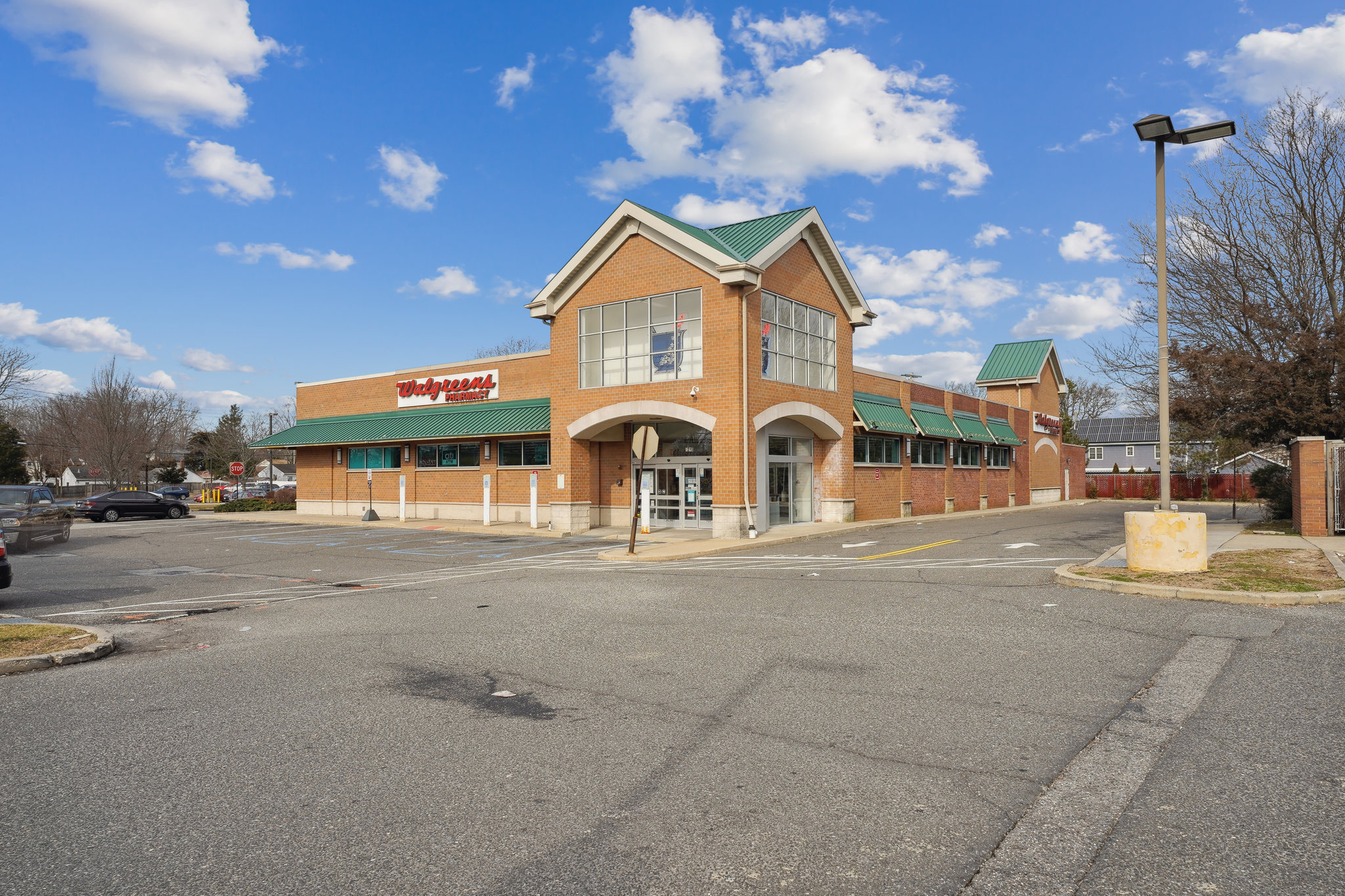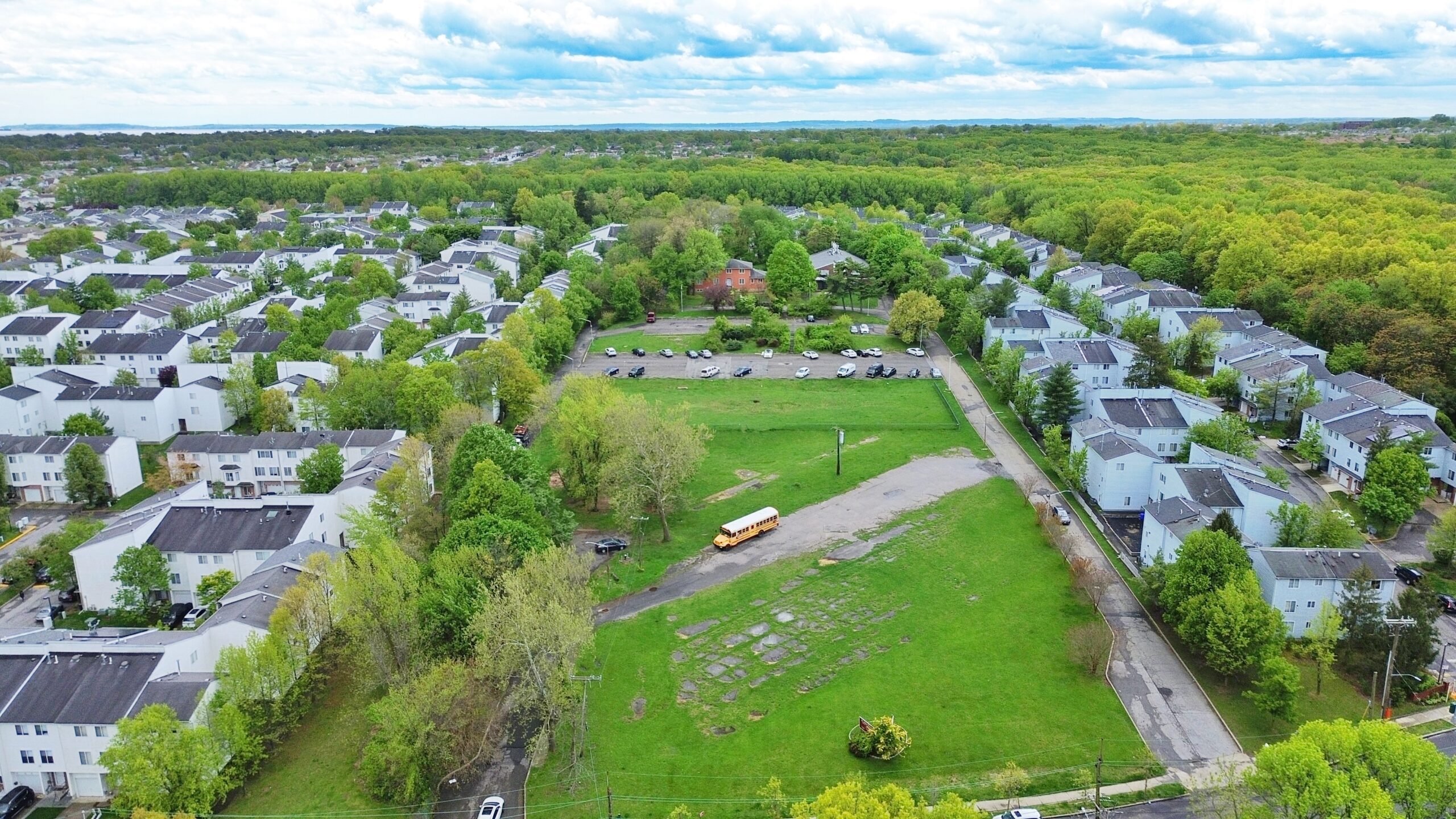Manual
You can categorize actuators in a number of different ways. You can group them by the type of motion they produce, such as linear actuators or rotary actuators. You can categorize them by the mechanism that they move, such as with a valve actuator.
In this article, however, we’re going to group them by the method of providing that external force. The simplest form of actuator is a manual actuator. This is an actuator where a human provides the power to make the mechanism move.
An example of this type of actuator could be the handwheel on the front of a safe. Turning the wheel actuates the locking mechanism allowing the safe to be locked or unlocked.
Hydraulic
There are other ways to provide the external force needed to move a mechanism, however. One of these is hydraulics.
Hydraulic actuators use the property of liquids that they do not compress a great amount under pressure. That means if you apply pressure to a liquid, that pressure transmits through the liquid. As a simple example, when you squeeze the bottom of a tube of toothpaste, that pressure causes the liquid paste to flow out of the opening at the top.
Hydraulic actuators are useful because they can be used to apply a lot of force to a mechanism.
Pneumatic
Pneumatics is the same concept, but with gas instead of liquid.
Under normal circumstances, if you put pressure on a gas it will compress. A mostly deflated balloon is easy to squash, for example. When that gas is under pressure, however, it compresses less, just as a blown-up balloon is much harder to squash.
This allows you to transfer an external force to a mechanism in the same way as you can with hydraulics, by using pressurized gas. The force generated is not usually as strong, however.
Electric
Electric power can also be used in actuators.
Electrical energy can be converted into torque which is a turning force. This force can be applied to the mechanism within the machine.
Electric actuators are highly controllable and can operate at rapid speeds. They are also quieter than comparable pneumatic or hydraulic actuators.
Now You Know About the Different Types of Actuators
We hope that this article has given you some insight into the different types of actuators. As you can see there is a wide range of different types with different sources of power for varied applications.
If you’ve found this article useful or interesting, then be sure to check out the rest of the site.







Leave a Comment